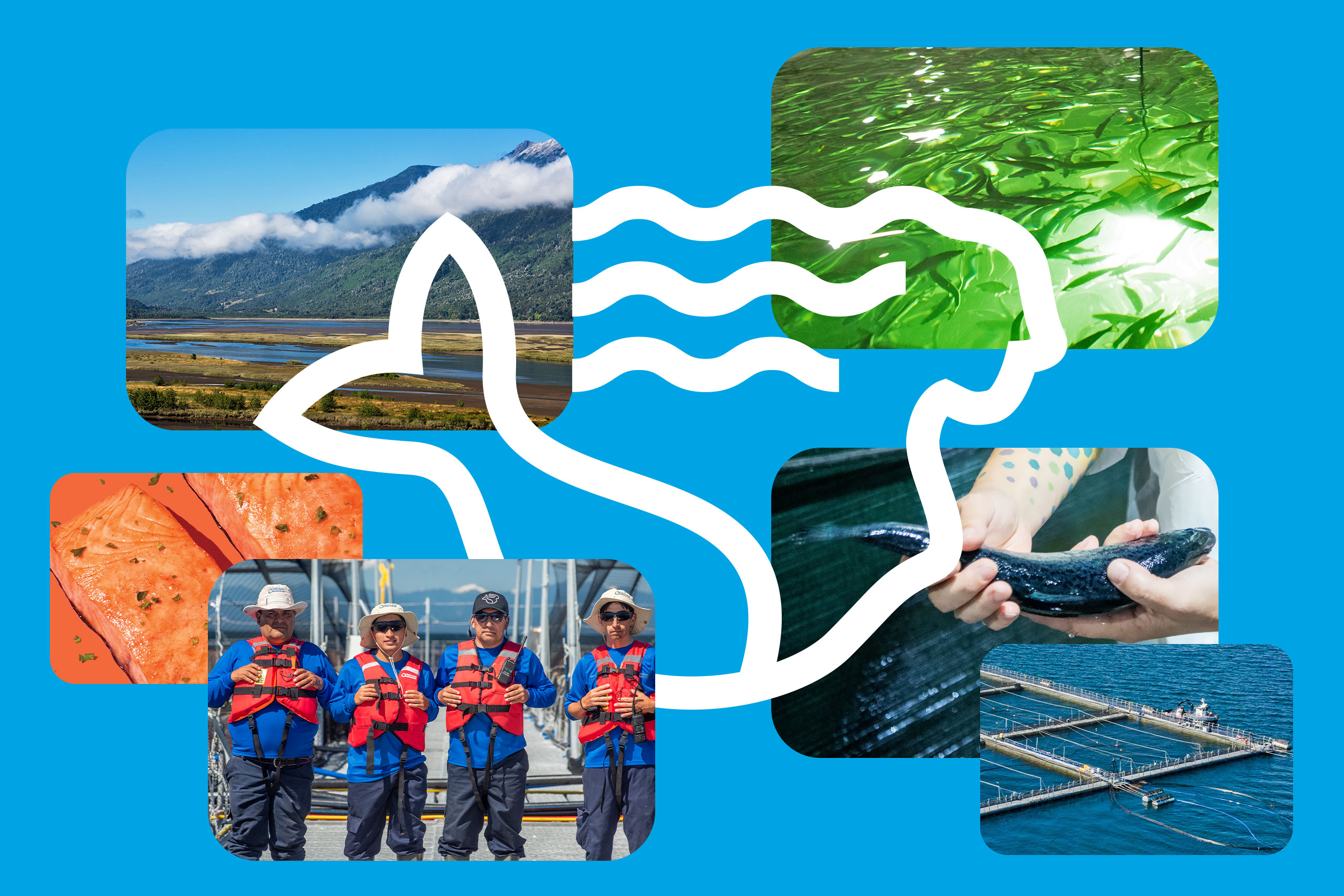
Exploring Individual and Systematic Approaches to Sustainability
Secret Island works daily to support our mission of delivering naturally pure seafood crafted from advanced aquaculture practices. But fulfilling our ultimate purpose of that work to nourish a growing global population and a more sustainable world is one we can’t realize alone. Fortunately, more and more businesses, governments, and non-governmental organizations are working independently and collaboratively to meet this existential need.
A look at how the efforts of Secret Island’s parent corporation, Salmones Austral (SA), align with the initiatives sponsored by the National Oceanic and Atmospheric Administration (NOAA) illustrates the power of pairing individual efforts with collective action to meet this challenge. A lens for this two-part approach can be found by comparing SA’s latest Sustainability Report with NOAA’s recently released Aquaculture Strategic Plan.
Though the scope and tactics of these two organizations differ, it’s instructive to see the overlap of goals that increases the chance of success for each. Salmones Austral’s report measures the same three impact areas that NOAA uses to define sustainable aquaculture. These are the “triple bottom line” of economic viability, environmental stewardship, and social responsibility. The ways each organization goes about pursuing success in those arenas are explored below.
Economic Viability: The Engine of Sustainable Change
Yesterday’s brands built to generate financial growth alone won’t survive in tomorrow’s consumer-conscious world. SA and NOAA both recognize that—beyond the moral imperative to do so—paying to support the well-being of the earth and local communities makes good business sense for the value both provide. Only a few examples of this advanced business model that SA practices include investments in fish farms that produce more efficient water management, a decrease in the use of antibiotics at sea, and smolts that are more robust when transferred to ocean pens. This marriage of the reduced use of natural resources and increased operational efficiency represents the balance better sustainability is built on.
NOAA’s stated goal to “support economic growth and viability” points to its big-picture approach to bolstering the “Blue Economy.” This initiative to support the sustainable use and conservation of oceans and coastal resources for economic growth is as wide and deep as the resources it seeks to use and serve. It includes workforce development efforts, initiating diverse and inclusive recruitment opportunities, and developing, planning, and marketing strategies. These are the kind of large-scale organizational challenges that only an 11,000-member governmental organization can address.
Environmental Stewardship: The Missing Piece of True Profitability
After centuries of mindlessly depleting natural resources, the future bill for the earth’s bounty has finally come due. Conscious companies like Salmones Austral have institutionalized practices that monitor and manage their operations to make safeguarding the local environment a core component of their business plans. Salmones Austral’s monitoring activities include analysis of water quality and other environmental parameters at SA’s operational sites. Measuring the company’s carbon and water footprint is another initiative that supports a “Clean Production Agreement” sponsored by the Sustainability and Climate Change Agency and SalmonChile. SA work teams are also trained in a wide range of environmental management practices. Those techniques allow them to hit the best possible sustainability benchmarks for the operations they constantly monitor to improve.
Two of the four goals of NOAA’s aquaculture plan place a premium on environmental sustainability. One shares the management focus noted by Salmones Austral above but uses it to address the complex regulatory framework for U.S. aquaculture industries. To do so, the organization plans to provide expert input to Congress to resolve issues impeding aquaculture advancement. It is also slated to expand research and development of the industry. Additional objectives include finding more accessible pathways for small-scale aquaculture ventures and identifying development opportunities that minimize the impact on natural resources. NOAA’s other environmental focus is to “lead science for sustainability.” That includes supplying funding for the latest tech and techniques that can advance the industry and prioritizing the scientific research that can guide regulatory, management, and business decisions.
Social Responsibility: The Only Choice for an Equitable & Enduring Future
Vested interests may have fueled corporate coffers for years, but building a business today to satisfy only its financial stakeholders is a plan to bankrupt the public trust bound to bring it down. Salmones Austral relies on its critical relationship with its neighbors on the island of Chiloé and the other communities around the companies’ fish farms on the mainland. “Stable engagement with the community” is a strategic objective realized by more than just that statement of a corporate goal. The company is a significant employer for the region and a partner in the daily activities of hundreds of local families. Salmones Austral was especially proud to step up and pitch in during the pandemic, providing supplies for the prevention of COVID-19 and food for the senior citizens and soup kitchen patrons who were especially vulnerable during those trying times.
NOAA aims to aid the larger global community by “educating and exchanging information,” as evidenced by notes on that goal seeded throughout its Aquaculture Strategic Plan. It confirms its commitment to “two-way communication with diverse stakeholders.” and to ensuring the needs of all are considered in its programs and initiatives, including traditionally underrepresented communities. NOAA also notes its alliance with other aquaculture partners that encourage diverse and inclusive recruitment to guarantee the holistic perspective needed for true social sustainability.
Innovation and Collaboration Plot the Course Ahead
Secret Island is committed to keeping pace with the growing world we seek to support. And we’re heartened to know that countless other small businesses and large organizations are working to further our industry’s efficiency and sustainability. It will take the independent and collective natures of both to meet that goal.
The innovations sparked by single enterprises and ignited by the collaborative power of agencies working to scale and connect those game-changing advances promise to position aquaculture as a cornerstone of a more sustainable world.
